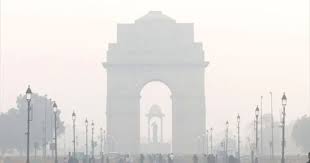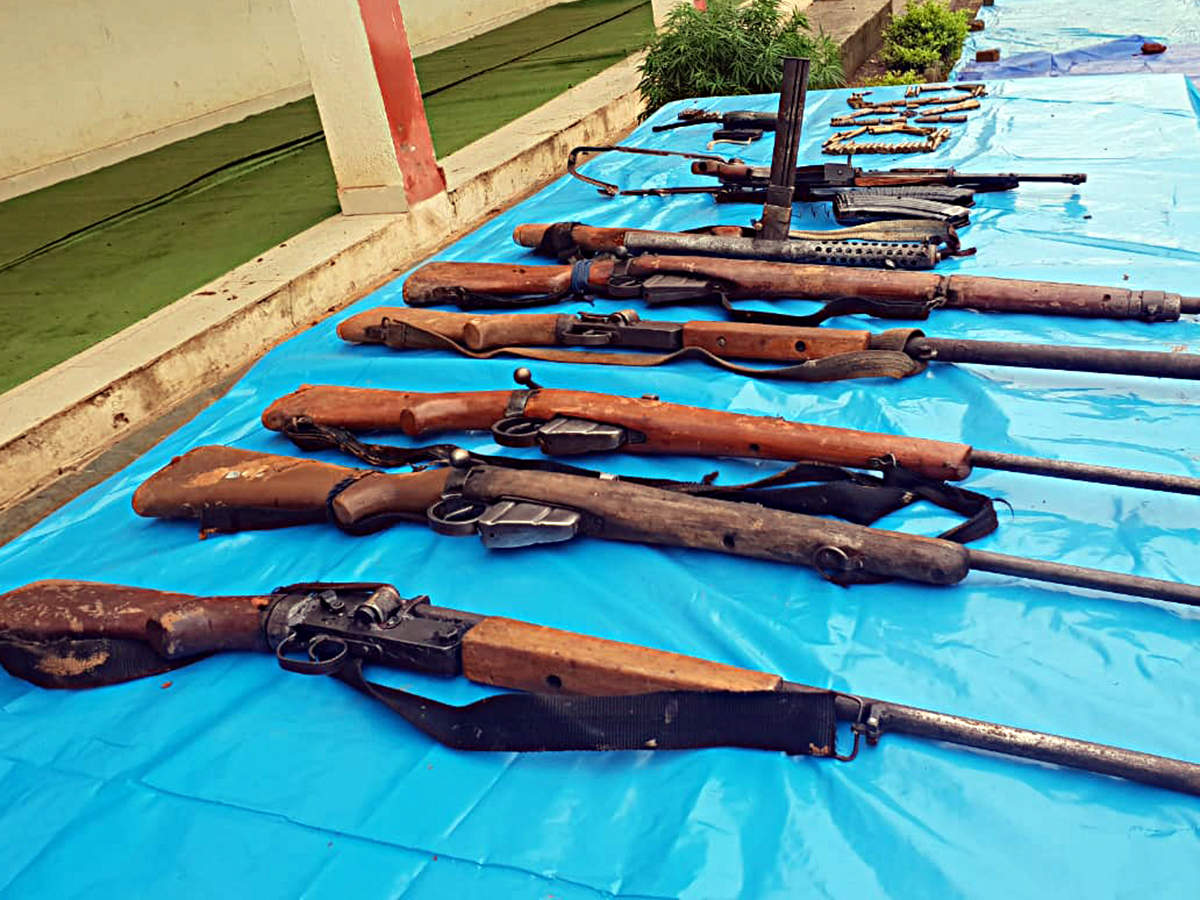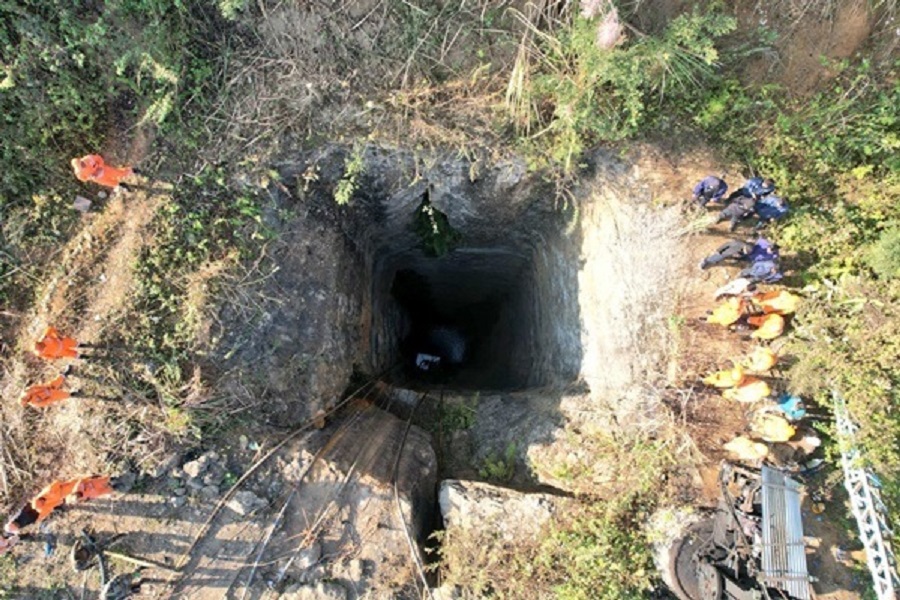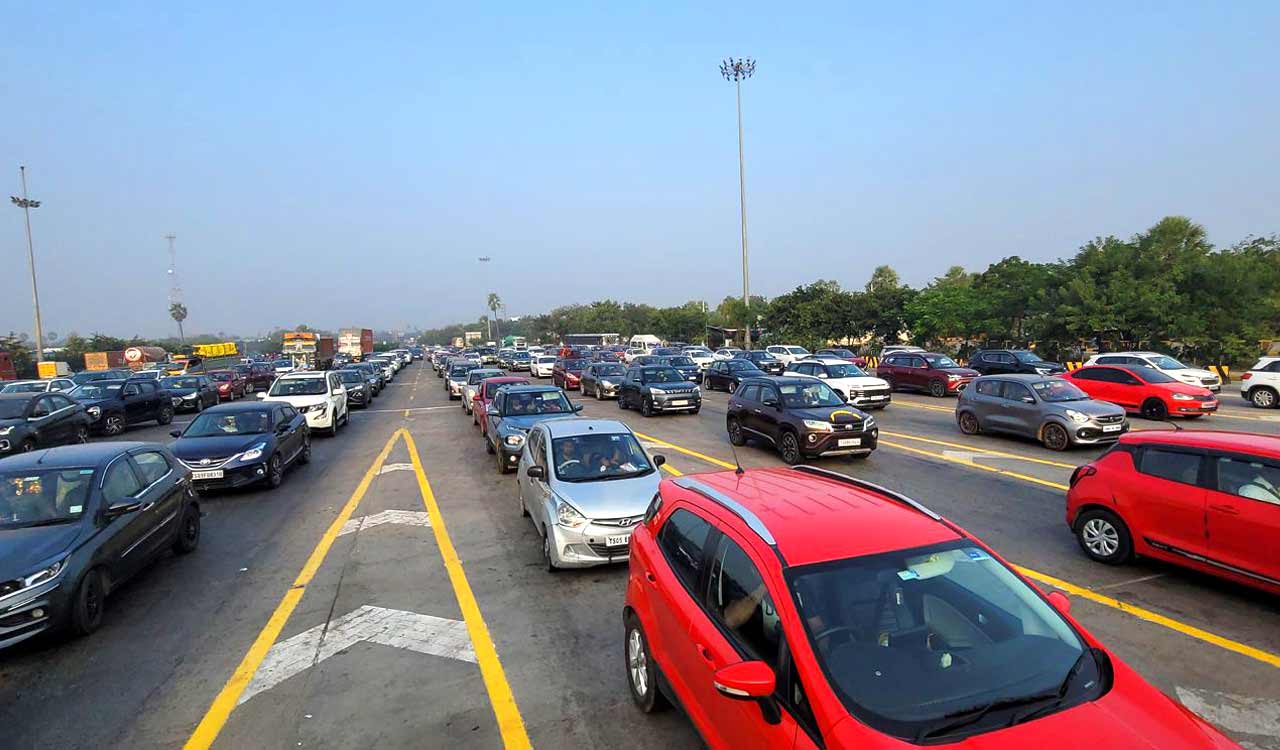Delhi air quality slips back into very poor category
Wed 11 Nov 2020, 11:30:31
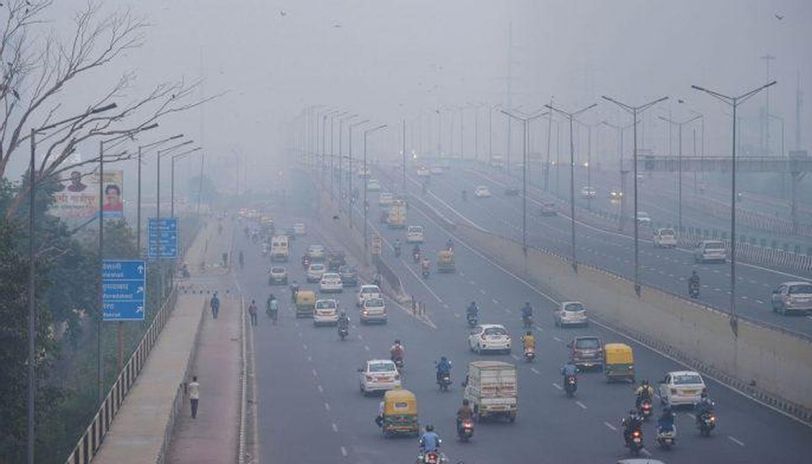
New Delhi: Delhi's air quality slipped back into the very poor category on Wednesday after remaining in the severe zone for six days on the trot, with a change in the wind direction reducing the contribution of stubble burning in city's pollution.
The city recorded an air quality index (AQI) of 388 at 9 am. The 24-hour average AQI was 476 on Tuesday.
Delhi witnessed six severe air days on the trot till Tuesday. It had recorded seven severe air days in November last year.
The neighbouring cities of Faridabad (345), Ghaziabad (390), Noida (339), Greater Noida (322), and Gurgaon (309), which fall in the National Capital Region (NCR), also recorded "very poor" air quality.
The levels of PM2.5 which is about three per cent the diameter of a human hair and can lead to premature deaths from heart and lung diseases were 233 microgram per cubic meter ( g/m3) at 9 am, below the emergency threshold of 300 g/m3.
The safe limit is 60 g/m3.
On Tuesday, PM2.5 levels had soared to 528 g/m3 in the afternoon. PM10 level stood at 384 g/m3 at 9 pm. It had peaked to 685 g/m3 on Tuesday, according to Central Pollution Control Board (CPCB) data. PM10 levels below 100 g/m3 are considered safe in India and 500 g/m3 is the emergency threshold. According to the Graded Response Action Plan (GRAP), the air quality is considered in the severe plus or emergency category if PM2.5 and PM10 levels persist above 300 g/m3 and 500 g/m3 for more than 48 hours.
GRAP recommends measures such as a ban on construction activities, entry of trucks and car rationing scheme in such a scenario.
The Commission for Air Quality Management in the National Capital Region and Adjoining Areas on Tuesday tasked the CPCB with operationalising and monitoring GRAP measures till a mechanism is set up by the newly-constituted
panel.
panel.
At a meeting, the commission also decided that in view of deteriorating air quality in the NCR region, there is a need to invoke the GRAP, which has been already notified by the central government.
GRAP, which is a set of anti-pollution measures followed in Delhi and its vicinity towns according to the severity of the situation, came into force on October 15.
An official of the India Meteorological Department (IMD) said the predominant wind direction is east-northeasterly, which is not favourable for transport of pollutants from farm fires in Punjab and Haryana.
The city recorded a minimum temperature of 11.4 degrees Celsius on Wednesday morning. Calm winds and low temperatures trap pollutants close to the ground, while favourable wind speed helps in their dispersion.
The central government's Air Quality Early Warning System for Delhi said, The change in wind direction and wind speed has positively impacted air quality. It is likely to remain in the upper end of the 'very poor' category on Thursday and deteriorate marginally on Friday.
The farm fire count in Punjab was around 3500 on Tuesday, but the impact of stubble burning on air quality was negligible because of easterly winds, it said.
The share of stubble burning in Delhi's PM2.5 pollution was 22 per cent on Tuesday.
Delhi's ventilation index -- a product of mixing depth and average wind speed -- is likely to be around 12,500 m2/s on Wednesday, favourable for dispersion of pollutants.
Mixing depth is the vertical height in which pollutants are suspended in the air. It reduces on cold days with calm wind speed.
The ventilation index lower than 6000 m2/s with average wind speed less than 10 kmph is unfavourable for dispersion of pollutants.
No Comments For This Post, Be first to write a Comment.
Most viewed from National
Most viewed from World
AIMIM News
Asaduddin Owaisi questions PM Modi's China policy
Jan 08, 2025
Owaisi slams UP over police post near Sambhal mosque
Dec 31, 2024
Owaisi hails SC order on Places of Worship Act
Dec 13, 2024
AAP Corporator Tahir Hussain joins AIMIM party
Dec 11, 2024
Latest Urdu News
Most Viewed
May 26, 2020
Which political party will win the Delhi Assembly polls to be held on Feb 5?
Latest Videos View All
Like Us
Home
About Us
Advertise With Us
All Polls
Epaper Archives
Privacy Policy
Contact Us
Download Etemaad App
© 2025 Etemaad Daily News, All Rights Reserved.


